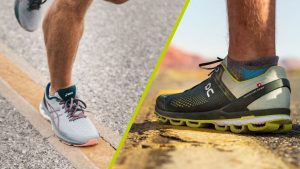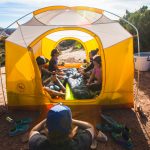The world of trail running is full of many different types of shoes. Whether you are an experienced runner or just starting out, the best pair for you will depend on your needs and how much money you are willing to spend. In this blog post, we will walk through the process of choosing a great pair that works for you
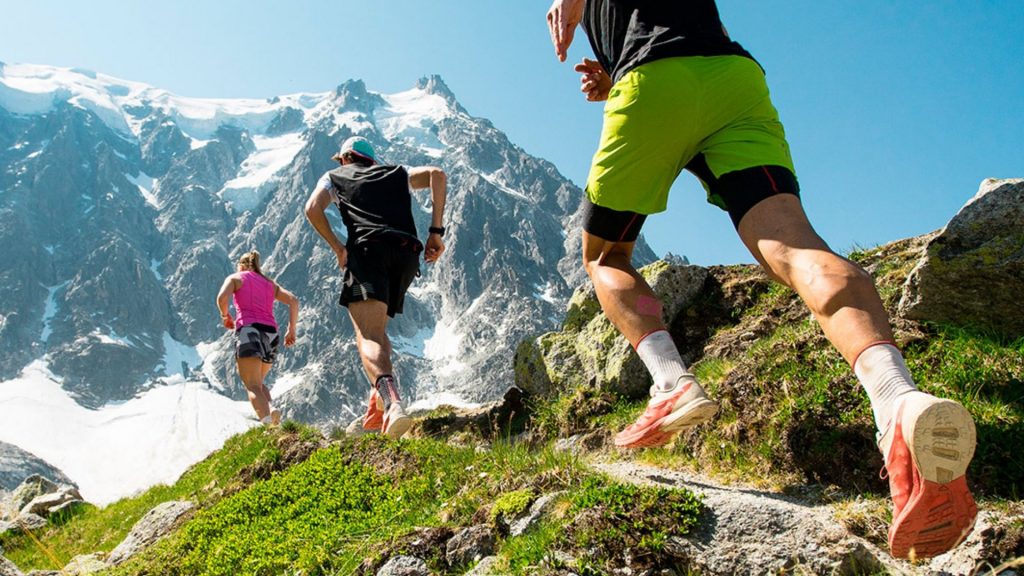
Table of Contents
What are Trail Running Shoes?
Trail running shoes are specially designed for trail conditions. They typically have a thicker sole than regular road running shoes, which gives you better protection and traction on the trails. Trail runners also often come with an additional rock plate built-in to protect your feet from sharp rocks as well.
Trail shoes also have a different upper material, which is usually very breathable and enhances the airflow around your foot.

Types of Trail Shoes
There are several types of trail running shoes to choose from: lightweight, midweight, maximum cushioning, etc. It’s important to know what you are looking for when choosing your trail running shoes.
- Lightweight Shoes – Lightweight trail runners will usually weigh about 100 grams or less per shoe and feature a minimal amount of cushioning. They offer the most flexibility but provide very little protection, so this is not ideal if you are running on rocky trails or very technical terrain.
- Midweight Shoes – Midweight trail runners will usually weigh between 100 and 150 grams per shoe, offering a bit more cushioning than lightweight shoes but still not as much as heavier footwear. This type of runner is perfect if you run mainly on flat to rolling trails.
- Maximum Cushioning Shoes – Maximum cushion trail runners will usually weigh between 150 and 250 grams per shoe, offering the most amount of protection from rocks or other terrains under your feet. They are best used on technical trails but can also be good for road runs as well if you want to do some trail running without necessarily wearing a super lightweight shoe.
- Maximum Traction Shoes: Maximum traction trail runners are designed for technical trails and have the thickest soles in order to provide you with extra stability on rocks or other uneven surfaces. These shoes often weigh more than 250 grams, so they are not ideal for road running purposes since it can be difficult to run fast when wearing a shoe that is this heavy.
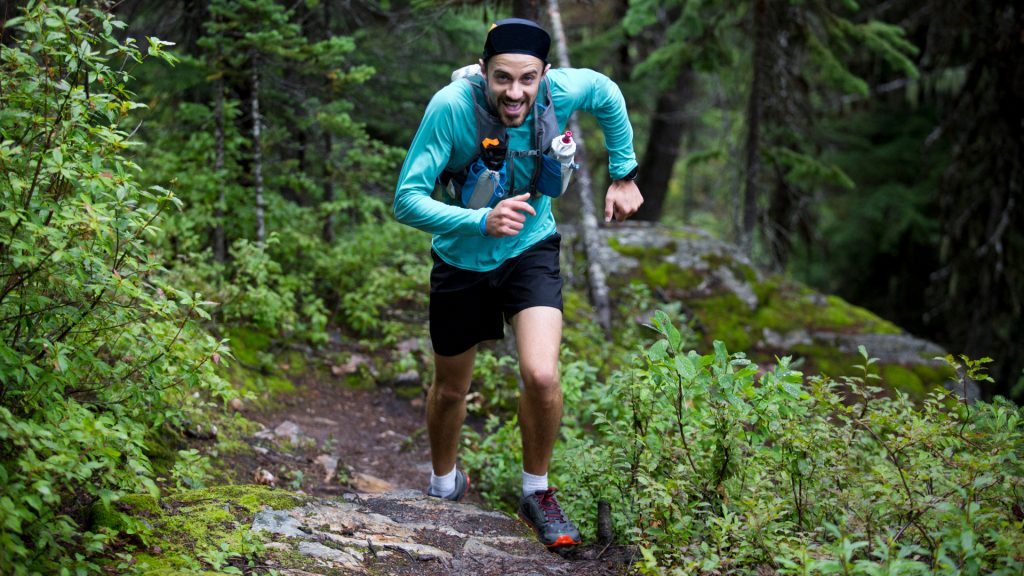
Cushioning Levels
While the cushioning levels of trail shoes are not as important as your running gait, it is still something you should consider. The main differences between cushioned and non-cushioned shoes are that they have less flexibility which can make them more difficult to use for faster speeds but provide a bit better protection from rocks or uneven surfaces under your feet.
- Barefoot: This style of trail running shoe is a special type that allows the runner to feel the ground and use their feet in a more natural way. While they look like regular shoes, this type of footwear does not have an actual heel or cushioning system under your foot since it’s designed for barefoot-like movements.
- Minimal: This style of trail running shoe is an intermediate stage between barefoot shoes and maximum cushioning models. They are designed for runners who want to feel the ground while still protecting their feet from rocks, roots, or other tough surfaces under your foot.
- Moderate: This style of trail running shoe is a popular choice for runners who need a little more protection from the ground under their feet. These shoes have some cushioning and are still super flexible, which makes them great if you want to use your trail running shoes on road runs as well.
- Maximum Cushion: This type of footwear offers the most amount of protection for your feet. Trail runners who want maximum cushioning should get these shoes, which are designed to take the pounding from tough terrain underfoot and will offer you the most stability on technical trails and traction on the trails; trail running shoes also often come with an additional rock plate built-in to protect your feet from sharp rocks or other objects.

Material Trail Running Shoes
There are many different types of materials used in trail running shoes, which is one more thing to consider when choosing a pair for yourself. If you run on rocky trails or have particularly tough terrains under your feet then it may be best to go with something that has some mesh or other breathable material so they won’t wear out as quickly.
- Mesh: Mesh is a breathable material that allows air to flow through the shoes and reach your feet, which can help you feel more comfortable when running on hot days or during an intense workout routine.
- Nylon: Nylon is a very tough material but it does not breathe as well as mesh so these shoes are best used in colder conditions.
- Synthetic Leather: Synthetic leather is a common material found on the upper part of trail running shoes and they are usually pretty durable as well as breathable, which makes them great for runners who want to use their shoes in all weather types or during intense training sessions.
- Natural Leather: This type of material is not as breathable as mesh or synthetic leather but it is still pretty durable and flexible, which makes them a great material for trail running shoes.
- Rubber: Rubber is the most common outsole material on trail runners because they are very tough and also provide good traction so you don’t slip on rocks or lose your footing during intense workouts.
- Suede: Suede is a breathable material that provides very little traction so they aren’t good for trails with uneven surfaces, but the suede upper absorbs moisture and keeps your feet cool during intense training sessions or on hot days.
- Leather/Mesh Mix: This type of trail running shoe features a combination of leather and mesh on the upper, which makes it very breathable while still being tough enough for running on trails with uneven surfaces.
- TPU/EVA Compound: Trail runners that are made from TPU or EVA compound have an outsole rubber-type material built-in to help provide traction so you won’t slip during your workout.
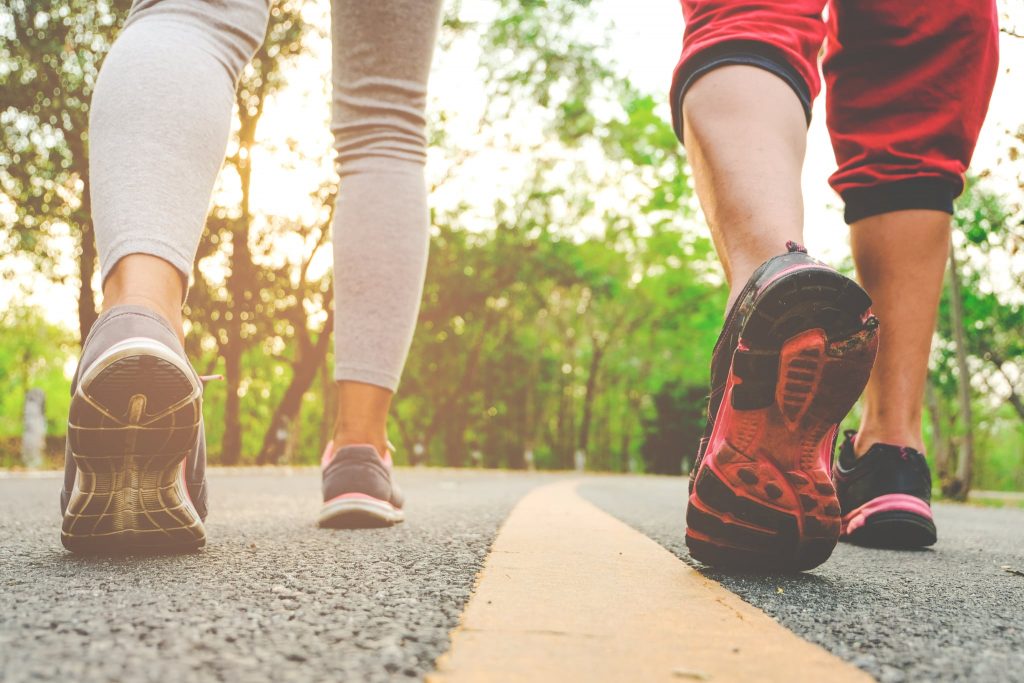
Heel-to-Toe Drop
The heel-to-toe drop is the difference in height between your heel and toe when you are standing up straight. While trail running shoes can have different amounts of this, most models fall somewhere around 0 to 12 mm. Heel Drop: This style offers plenty of cushioning underfoot while still protecting your feet from rocks or other objects on the ground.
- Max Drop: This type of trail running shoe is best used on technical trails since they offer a really thick sole that provides extra protection from rocks and other tough surfaces under your feet. They are not recommended for road runs because it can be difficult to run fast in such heavy shoes, but if you want greater stability and traction without worrying about rocks under your feet, these are the shoes for you.
- Min Drop: This style of trail running shoe is designed with runners in mind who want to feel the ground while also wearing some protection on technical trails or roads. They weigh less than maximum cushioning models and still provide decent stability on tough surfaces but allow more flexibility when it comes to running fast.
- Zero Drop: This style of trail runner is best used on roads or other flat surfaces since they are designed to provide the most foot flexibility and minimal protection from rocks, roots, etc. under your feet. They offer runners who want maximum speed capabilities during their training sessions with enough traction for road running purposes but still allow you to feel the ground.
- Hiking Shoe: This type of trail running shoe is best used for hiking or walking on flat surfaces since they are not designed to be flexible like other types; if you want a comfortable shoe that will protect your feet from rocks and roots, look no further than this style!
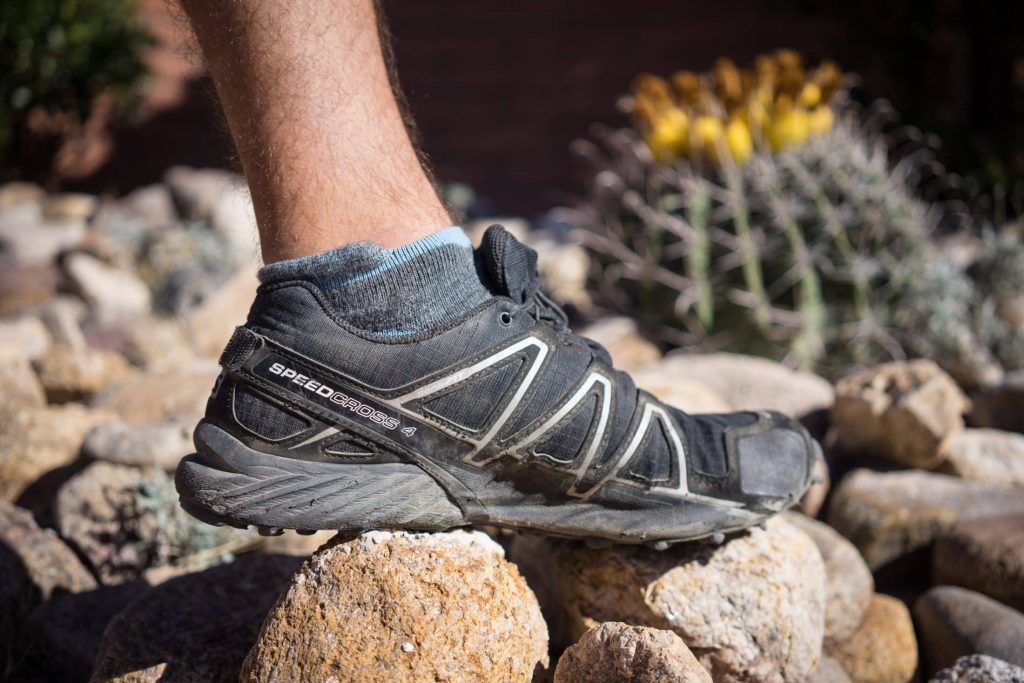
Fit & Comfort
If you are new to trail running, it’s best to start with a style that offers maximum cushioning since it will be the most comfortable. If you want better speed capabilities or have been using your shoes for other purposes like road running, try out some zero-drop models which provide more foot flexibility and allow them to work on hard surfaces. Once you find the right shoe for your training needs, remember it may take time before you feel completely used to them so don’t give up if at first, they don’t seem perfect – The key is finding something that fits your individual needs and allows you to enjoy spending time outdoors in nature while also protecting your feet from rocks and roots along the way.
Consider shoe lasts: Shoe lasts are the foot-shaped molds that companies use to design their footwear, and they come in different shapes which can affect your comfort level when wearing them. When you try on shoes at a store or online, pay attention to what kind of last it is and how this affects the fit – Many people think all shoe lasts work for everyone, but this is not true!
Get a fit assessment: If you are having difficulty finding the right shoe for your training needs, don’t be afraid to ask a specialist at your local running store about getting some help – They will use their knowledge of different types of shoes and lasts to find something that fits perfectly on your feet.
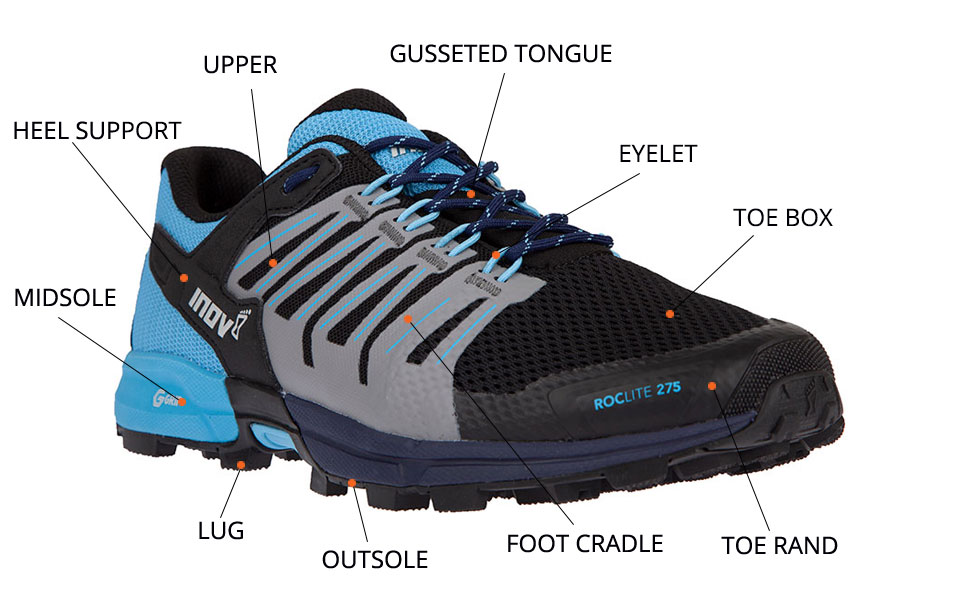
Trail Running Shoe Anatomy
- Heel support: holds the heel in the shoe preventing any lifting or shifting over rough ground.
- Foot cradle: holds the foot in position to stop the side-to-side movement for stability.
- Lacing system: provides a secure feel and snug fit when tied properly.
- Foot strike: provides protection, traction, and flexibility for the front of the foot to provide smooth landings when running over different types of surfaces.
- Midsole: the main cushioning material of a shoe, underneath your feet.
- Outer Sole: provides traction and durability to withstand wear over time.
- Tread: provides grip on different surfaces to provide stability and traction while running or hiking, etc.
- Width of the shoe: this is a very important factor and many companies offer different widths for their shoes to accommodate customer needs.
- Eyelet: provides protection as well as ventilation to reduce heat and moisture build-up.
- Tongue: for breathability, cushioning, and tongue stability that protects the top of your feet.
- Heel counter: this is designed to keep the heel in position inside the shoe, preventing any slipping or movement.
- Foot cradle: holds the foot in position to stop the side-to-side movement for stability.
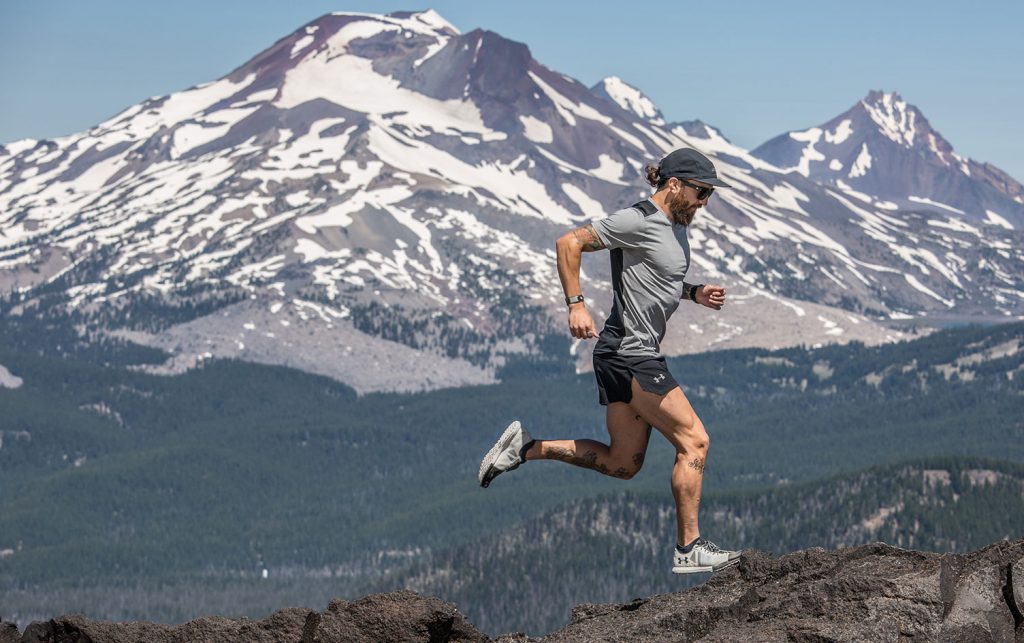
Waterproofing
Trail running shoes are typically not waterproof, but you can find some that offer protection against water. However, we don’t recommend it – your feet will sweat too much for a waterproof membrane to keep with.

Frequently Asked Questions
Q: What are the most important factors to consider when choosing trail running shoes?
A: Trail running is different than road running, so it’s best to find a shoe that provides stability, cushioning, and flexibility. This will give your feet the comfort they need over rough terrain while also protecting them from rocks or roots you might encounter.
Q: What is the anatomy of a trail running shoe?
A: There are several parts to consider, including the heel support which holds your heel in position so it doesn’t shift or lift while running on rough surfaces. The tongue and lacing system offers protection as well as ventilation for breathability – these two features work together to provide a secure fit while also keeping you cool. Finally, the outer sole offers traction and durability to ensure your shoe lasts over time.
Q: Will waterproofing harm my shoes?
A: No, but it will make them much hotter since moisture won’t be able to escape like in regular running shoes – this means more sweat, which can cause blisters. We recommend choosing trail running shoes that are breathable, as they will help keep your feet cool and comfortable all day long.
Q: What is a shoe last?
A: This refers to the foot-shaped molds companies use to design their shoes – there are different shapes of lasts for different types of shoes, so it’s important to choose the right one. Many companies offer different types of lasts for various needs and preferences – some are wide while others are narrow depending on your foot shape or size.
Q: What is a midsole?
A: It’s the main cushioning material that rests underneath your feet – companies often use different types of foam to provide more support and shock absorption depending on what you need. For example, firmer foams are better for people who need arch support or stability when running over rough terrain.
Q: What are the benefits of a removable insole?
A: Removable insoles can be easily cleaned or replaced, and they provide arch support. However, some shoes don’t have them which is fine – you might not need them depending on your needs. If you’re unsure about what type of shoe to get for yourself, you can always ask a running coach or your doctor for advice.
Q: How can I make my trail running shoes last longer?
A: You should always wipe off your shoes after using them – dirt and other debris can cause damage to the materials, so it’s best to clean them regularly. Another important step is to ensure there are no sharp objects stuck on or inside of your shoe that could poke a hole or tear it, and make sure to tighten the laces. Lastly, you should check the outsoles of your shoes for signs of wear – this will help prevent injuries since sharp rocks can cause serious damage if they get stuck in one spot over time.
Q: What is the right size?
A: Trail running shoes typically run about a half size larger than normal street shoes, so you should try them on at the store to make sure they fit. Make sure there is no extra room in your shoe by wiggling your toes – it shouldn’t be too tight or loose.
Q: How can I keep my feet from slipping?
A: There are a few things you can do to increase your grip, such as wearing socks with extra padding and gripping the inside of your shoe if it’s not too tight. You should also consider lacing up your shoes properly so there is no room for slipping – cross-laces work well if they fit securely over the top of your foot without being too tight.
Q: What is a neutral shoe?
A: A neutral trail running shoes typically have more cushioning and flexibility – they are designed to be worn for those with average or normal arches that don’t need extra support from the lacing system, as well as people who like to run on their mid-foot instead of their heels. They are a good choice for beginners as well as those who run on flat surfaces or the treadmill but should be avoided if you have weak ankles since they don’t provide the stability and support needed to prevent serious injuries.
Q: What is a motion-control shoe?
A: Motion control shoes feature extra cushioning and stability – this is ideal for people with flat feet or high arches who need extra support when running on uneven terrain. They are a great choice for those recovering from an injury, but they should only be worn if you have weak ankles since the lacing system helps prevent rolling your ankle while moving quickly over rough ground.
Q: What type of trail-running shoe should I get?
A: Trail-running shoes are typically available in various levels of cushioning – the more you pay, the better quality padding and support features you can expect. If your budget is tight, consider choosing a model with mid-level or moderate amounts of shock absorption to help protect yourself against injuries while providing enough comfort to enjoy your run.

